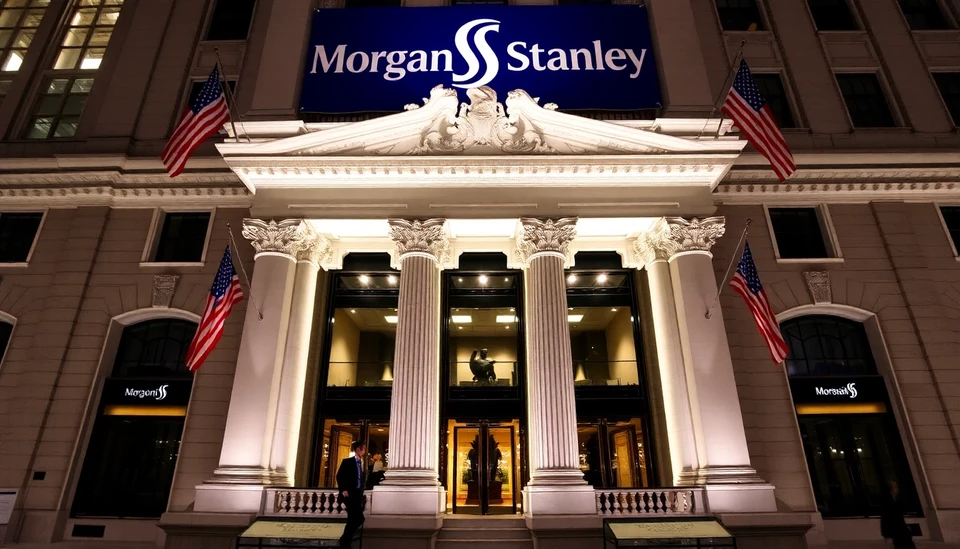
In an astonishing turn of events in the financial sector, Morgan Stanley has reported a dramatic surge in trading revenues, far exceeding analysts' predictions, thanks in part to ongoing market turbulence. This unexpected performance can largely be attributed to the bank's adept handling of shifts in market sentiment, which have created opportunities for its traders to capitalize on volatility.
The bank's results for the first quarter showcased a remarkable rise in trading revenues, echoing a broader trend among financial institutions that have adapted to the unpredictable nature of the current economic climate. While many institutions scrambled to manage risks, Morgan Stanley's traders demonstrated a remarkable ability to navigate through these choppy waters effectively, resulting in a substantial revenue increase.
Analysts had predicted more modest growth for Morgan Stanley, but the firm astonished the market with a booming trading performance. Key drivers included a focused approach on rates and equity trading, areas that saw spikes as investors responded to shifting economic indicators and geopolitical tensions. This proactive stance allowed the bank not only to survive but flourish during a period marked by uncertainty and rapid change.
The surge in trading activity is also being linked to a broader resurgence in market volatility which has impacted various sectors. As investors grappled with news concerning inflation, interest rates, and global political developments, many turned to Morgan Stanley for guidance. The bank effectively positioned itself as a trusted advisor, resulting in increased trading volumes across their platforms.
Furthermore, the strategic investments made by Morgan Stanley in technology and risk management tools contributed significantly to their ability to react swiftly to market changes, allowing them to harness these unpredictable conditions to their advantage. The firm’s technology-enhanced trading desks have facilitated rapid decision-making, which has proven to be a critical asset in today’s fast-paced trading environment.
As Morgan Stanley continues to release more detailed financial results, the implications for the rest of the industry are becoming clear. Competing firms will likely be scrutinizing these results closely as a benchmark for their own performances, especially given the enhanced focus on volatility in trading strategies. This development highlights a pivotal shift in how major financial institutions approach trading in an era increasingly characterized by uncertainty.
This stellar performance not only underscores the resilience of Morgan Stanley but may also signal a greater shift in investor behavior moving forward. As the markets become more volatile, firms that can proficiently navigate disruptions may find themselves at a competitive advantage, shaping the landscape of trading for the future.
As Morgan Stanley rides this wave of success, all eyes will be on how other banks respond and adapt to similar market conditions. The financial world is undoubtedly watching closely to see if this trend of significant trading revenue growth holds true across the industry, as the repercussions of these first-quarter results commence to unfold.
In conclusion, the latest figures from Morgan Stanley reveal that in times of market turmoil, there can also be considerable opportunities for those who are prepared. With well-leveraged expertise and technology at their disposal, Morgan Stanley’s traders are now positions of increased influence within the corridors of finance.
#MorganStanley #TradingSuccess #MarketVolatility #FinancialNews #InvestmentStrategies #FinancialInstitutions #EconomicTrends
Author: Samuel Brooks




